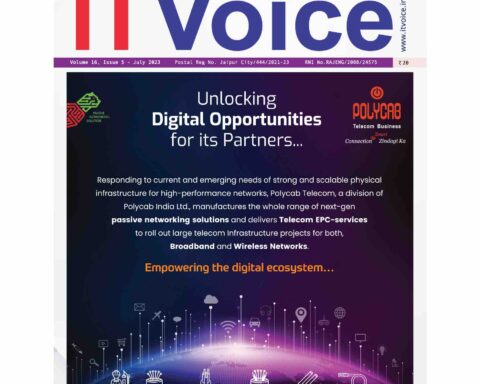CLICK HERE TO DOWNLOAD/VIEW THE MAGAZINE
MSMEs hope for GST, TDS reductions, relaxation in compliances.
On February 1, 2022, the Union Budget will be presented by Finance Minister Nirmala Sitharaman Micro, small, and medium-sized businesses (MSMEs) are urging that the government devote special attention to the sector’s recovery, including a reduction in GST, relaxing of compliance requirements, addressing the issue of late payments, and facilitating access to finance, among other things.
We anticipate the government putting a specific emphasis on assisting the MSME sector’s revival and accelerating overall economic growth. This might take the shape of NBFC investment to help them retain liquidity and promote financial inclusion, with a special focus on MSMEs under priority sector loans. Furthermore, lower GST rates and a lighter compliance burden for MSMEs in the areas of taxes, audits, and loans will go a long way toward reviving this sector’s lost momentum.
Only 22% of applications have been disposed of or mutually settled since the beginning of MSME Samadhaan in October 2017. While the council has rejected 21% of the applications, the remaining 57% are either being considered or have yet to be seen. The government should take steps to expedite the implementation of the Fund of Funds scheme. Exporters should be incentivised to use business information portals because each additional day spent on such portals raises the possibility of a company exporting to new markets by roughly 0.1 percent.
TDS has been a source of concern for the industry as a whole. Currently, a TDS of 10% assumes a profit margin of 40%, which is not often the case for firms. Maintaining a large cash flow becomes difficult when a large portion of capital is held back in the form of TDS. Because much of their money is stopped by the government in the form of TDS, SMEs have a difficult time obtaining loans. TDS should be cut to 7.5 percent for all, and 2.5 percent for SMEs, according to my experience. When it comes to GST refunds, the cash flow issue exists among exporters as well. The existing collection and reimbursement method causes major cash flow problems in the sector. I believe the government should change the current GST refund timeframe and create a system that automatically refunds the money 45 days after a request is received. Furthermore, setting a deadline for reimbursements might assist businesses in aligning their company goals.
This is a sign of how essential Atma Nirbhar Bharat is as we enter another wave. A stable GST tax slab is required to encourage Indian manufacturing and MSMEs. To boost market mood, no product should exceed the 18 percent threshold, and they must now stimulate consumerism.
India could become the world’s third-largest television market as a result of this. Each year, the market might grow by 15%, reaching 16 million units. For the time being, we anticipate no changes in customs taxes from the government, as the industry is settling into a more stable state. Government must also take immediate steps to address MSME lending needs, such as subsidising the cost of funding for NBFCs (of any size or rating) that specialise in lending to small businesses for loans, as this will provide simple access to credit.
Tarun Taunk
Editor-In-Chief








